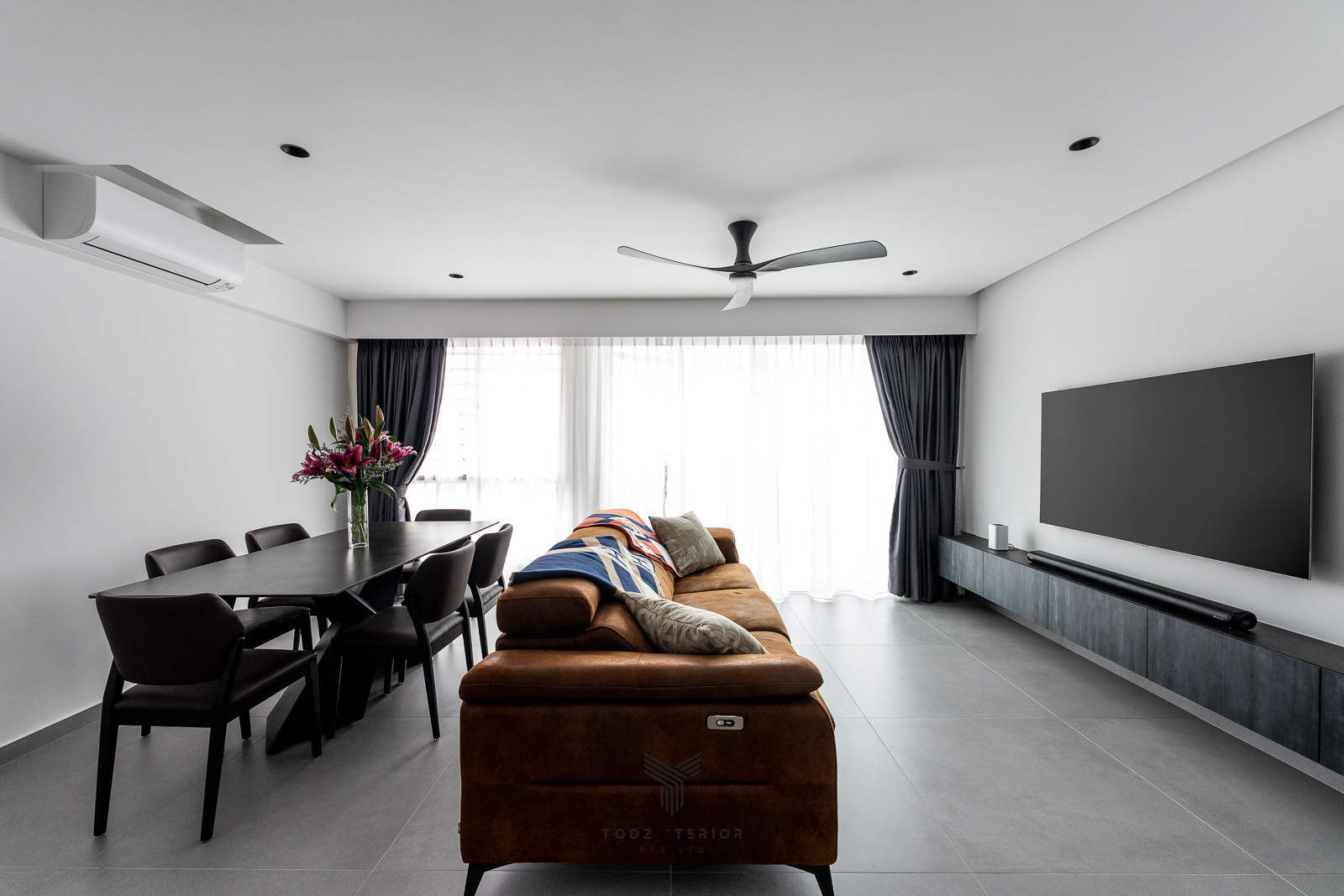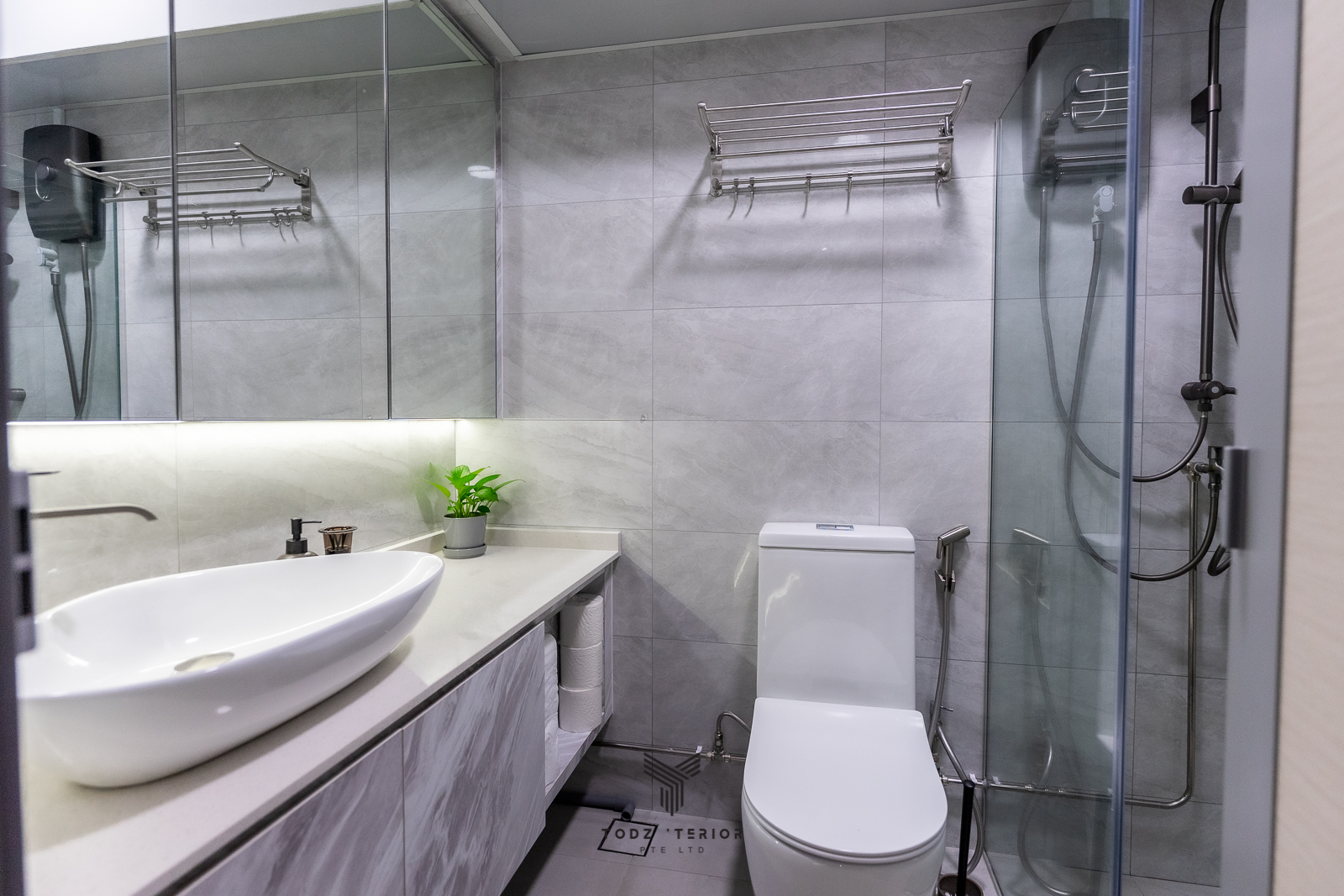In today’s world, where environmental concerns are paramount, adopting eco-friendly practices has become crucial. One area where we can make a significant positive impact is home renovation. Eco-friendly renovation involves using sustainable materials and implementing environmentally conscious practices to create a greener and healthier living space. In this article, we will explore the benefits of eco-friendly renovation, discuss various sustainable materials that can be used, and provide tips on incorporating sustainable practices in your renovation projects.
In This Article
Toggle
What are the benefits of eco-friendly renovation?
- Environmental Benefits
When it comes to eco-friendly renovation, the environmental benefits are substantial. By choosing sustainable materials, you contribute to the reduction of carbon emissions and the conservation of natural resources. These materials are often made from renewable sources or recycled materials, reducing the need for excessive extraction and manufacturing processes. Additionally, using eco-friendly materials can enhance indoor air quality by minimizing the release of harmful chemicals commonly found in traditional building materials.
- Economic Benefits
Eco-friendly renovation can lead to significant economic benefits in the long run. By incorporating energy-efficient measures, such as proper insulation and the use of energy-saving appliances, you can reduce your home’s energy consumption and lower utility bills. Furthermore, eco-friendly renovations have the potential to increase the value of your property, making it more attractive to environmentally conscious buyers. Sustainable materials also tend to be more durable, reducing maintenance costs over time.
- Health Benefits
Using sustainable materials in your home renovation projects can have a positive impact on your health and well-being. Traditional building materials often contain volatile organic compounds (VOCs) that can release harmful gases into the air, leading to respiratory problems and other health issues. By opting for low VOC paints, natural finishes, and eco-friendly insulation, you can minimize your exposure to these chemicals and create a healthier living environment. Sustainable materials also provide better thermal comfort and reduce the risk of mold and mildew growth.

What are some sustainable materials for home renovation?
To achieve an eco-friendly renovation, it’s important to choose the right materials. Here are some sustainable options for different areas of your home:
Flooring Options
- Bamboo: Bamboo is a fast-growing grass that can be harvested sustainably. It is an excellent alternative to hardwood flooring.
- Cork: Cork is harvested from the bark of cork oak trees without harming the tree. It is a renewable and durable flooring material.
- Reclaimed Wood: Using reclaimed wood from old buildings or salvaged sources gives a second life to beautiful and unique flooring materials.
Paints and Finishes
- Low VOC Paints: Low VOC paints have lower levels of harmful chemicals, reducing indoor air pollution and providing a healthier living space.
- Natural and Biodegradable Finishes: Natural finishes, such as linseed oil or beeswax-based products, offer an eco-friendly alternative to traditional varnishes and stains.
Insulation Materials
- Recycled Denim: Insulation made from recycled denim fibers provides excellent thermal performance and helps divert textile waste from landfills.
- Cellulose Insulation: Made from recycled paper, cellulose insulation is an eco-friendly and effective option for insulating walls and attics.
- Wool Insulation: Wool insulation is a natural and renewable material that offers excellent thermal and acoustic properties.
Countertop Materials
- Recycled Glass: Countertops made from recycled glass provide a unique and eco-friendly option while reducing waste.
- Bamboo: Bamboo countertops are a sustainable alternative to traditional wood and are known for their strength and durability.
- Salvaged Wood: Using salvaged wood from old barns or other sources creates a rustic and environmentally friendly countertop option.
Lighting Fixtures
- LED Lights: LED lights are energy-efficient, durable, and provide significant energy savings compared to traditional incandescent bulbs.
- Energy-Efficient Bulbs: Choosing energy-efficient bulbs, such as compact fluorescent lamps (CFLs), helps reduce energy consumption and lower electricity bills.
Plumbing Fixtures
- Low-Flow Faucets and Showerheads: Installing low-flow faucets and showerheads can significantly reduce water usage without compromising performance.
- Dual-Flush Toilets: Dual-flush toilets allow users to select different water volumes for liquid or solid waste, promoting water conservation.
Energy-Efficient Appliances
- ENERGY STAR Certified Products: When replacing appliances, look for the ENERGY STAR label, which indicates high energy efficiency and reduced environmental impact.
- Solar-Powered Options: Consider solar-powered appliances, such as water heaters or outdoor energy-efficient lighting, to harness renewable energy sources.
How can sustainable practices be incorporated into a renovation project?
Apart from choosing sustainable materials, incorporating eco-friendly practices during the renovation process is equally important. Here are some tips:
Waste Management
- Recycling and Repurposing: Sort and recycle construction waste to minimize landfill contributions. Consider repurposing materials for other projects.
- Proper Disposal of Hazardous Waste: Dispose of hazardous materials, such as paint or solvents, according to local regulations to prevent environmental contamination.
Energy Efficiency
- Insulation and Weatherization: Properly insulate walls, floors, and attics to reduce heat loss or gain. Seal air leaks to improve energy efficiency.
- Efficient HVAC Systems: Install energy-efficient heating, ventilation, and air conditioning (HVAC) systems to optimize energy usage and comfort.
Water Conservation
- Water-Saving Fixtures: Install low-flow faucets, showerheads, and toilets to minimize water consumption without sacrificing performance.
- Rainwater Harvesting Systems: Capture rainwater for non-potable uses, such as watering plants or flushing toilets, to reduce reliance on municipal water sources.
Design Considerations
- Passive Solar Design: Orienting windows and optimizing natural lighting can reduce the need for artificial lighting during the day, saving energy.
- Natural Lighting and Ventilation: Maximize the use of windows and skylights to allow natural light and fresh air into your home, reducing reliance on artificial lighting and mechanical ventilation.

What are the challenges faced in eco-friendly renovation and how can they be overcome?
While eco-friendly renovation offers numerous benefits, there are challenges to consider:
- Higher Upfront Costs
- Long-Term Savings and Return on Investment: Although eco-friendly green materials may have higher initial costs, the long-term energy savings and increased property value can outweigh the upfront investment.
- Government Incentives and Tax Credits: Research local government programs that offer incentives or tax credits for eco-friendly renovations, which can help offset costs.
- Limited Availability of Sustainable Materials
- Researching Local Suppliers and Manufacturers: Look for local suppliers and manufacturers that specialize in sustainable and green materials to reduce transportation impacts.
- Exploring Online Resources: Online platforms and marketplaces can provide access to a wider range of sustainable materials and products.
- Finding Skilled Professionals
- Seeking Referrals and Recommendations: Ask for referrals from friends, family, or local sustainable building organizations to find professionals experienced in eco-friendly renovation.
- Communicating Specific Project Requirements: Clearly communicate your goals and expectations regarding sustainable practices to potential professionals to ensure alignment.
Conclusion
Eco-friendly renovation offers a pathway to create a sustainable, healthy, and energy-efficient home. By using sustainable materials and implementing environmentally conscious practices, you can reduce your carbon footprint, save on energy costs, and improve your overall well-being. With a wide range of sustainable options available, it’s easier than ever to embark on an eco-friendly renovation journey that benefits both you and the planet.

In conclusion, hiring the services of “Todzterior” for your eco-friendly renovation needs brings numerous benefits. With their expertise in eco-friendly renovation, you can trust that your project will be handled by professionals who are knowledgeable and experienced in sustainable materials and practices. “Todzterior” is committed to promoting sustainability, ensuring that your renovation has a minimal environmental impact. Additionally, their ability to provide customized solutions means that your unique goals and preferences will be taken into account throughout the entire process. By choosing “Todzterior,” you not only receive exceptional service but also support a company that shares your values and prioritizes the well-being of the planet. Transform your home with “Todzterior” and experience the beauty and benefits of an eco-friendly renovation and smart home technology.
